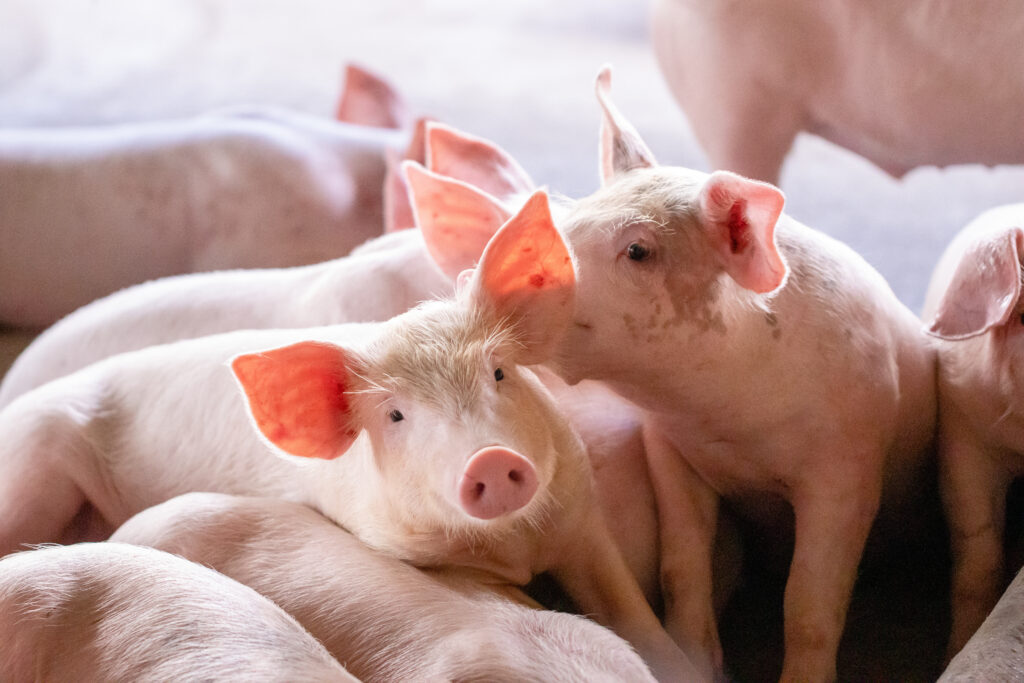EU pigmeat production is forecast to decline over the next 10 years, as domestic consumption and exports volumes fall and African swine fever (ASF) persists.
The European Commission’s latest EU Agricultural Outlook for 2024-35 also predicts that the UK will take over from China as the EU’s biggest export destination.
It states that intensive pigmeat production systems are likely to face further societal criticism in the coming years, with environmental and societal concerns negatively affecting consumer preferences for pigmeat. Additionally, the relatively higher fat content compared to other meat types may be viewed less favourably by some consumers.
Therefore, EU per capita consumption is projected to decrease by 0.4% per year, falling to 30kg in 2035 (a drop of 5% compared with the already lower levels recorded between 2022 and 2024 compared to pre-2021 levels).
Meanwhile, ASF is assumed to remain present in the EU, although no major or uncontrolled outbreaks are expected.
“Combined with implementation of stricter laws in certain EU countries and declining export opportunities, these trends are expected to reduce production,” the outlook states.
EU pigmeat production for meat is projected to fall by 0.5% per year between the 2022-2024 average and 2035 (or around 1.2mt compared with 2022-2024).
Export decline
EU pigmeat exports are set to decrease, as Asian production capacity, particularly in China, the Philippines and Vietnam, is expected to recover, leading to lower import demand, despite the expected continuation of ASF outbreaks.
In contrast, there could be increased demand for imports in the US, Australia, Sub-Saharan Africa, Switzerland and some other Asian regions.
The outlook predicts that, over the coming decade, the UK could become the largest single export destination for EU pigmeat, replacing China, even though UK demand is expected to decrease over the period.
EU exports could decrease by 1% per year between the 2022-2024 three-year average and 2035 (-338 000t), considering the high exports volumes in 2022 to China. However, taken from 2024, they are projected to remain almost stable until 2035.
“The EU will need to strengthen and diversify its pigmeat export portfolio in the coming years,” the Commission states.
Pigmeat imports to the EU are projected to remain low, decreasing by 2.2% annually between the 2022–2024 average and 2035, mainly because the UK is focusing on its domestic market, while significant increases in imports from other countries are not likely.
Prices
After the price spike in 2022-2023, EU pigmeat prices declined in 2024 and production costs are expected to remain low in the short term.
However, it is uncertain to which level they will fall back. It is expected that, in the medium term, prices could stay higher than the levels seen in the past due to increased costs and a tighter EU supply, reaching €2,210/t by 2035.




